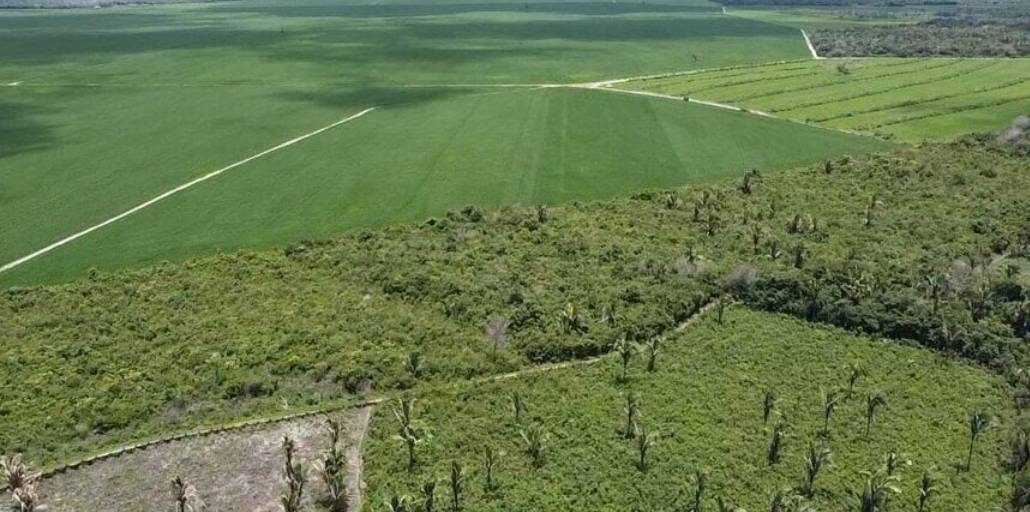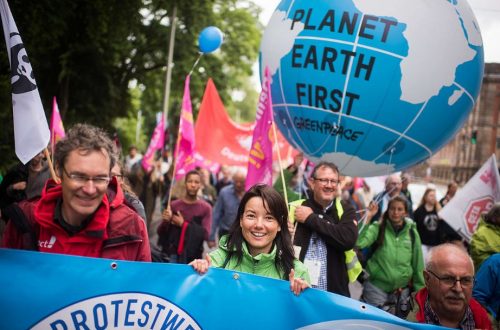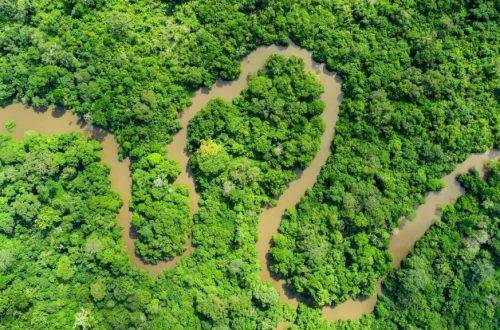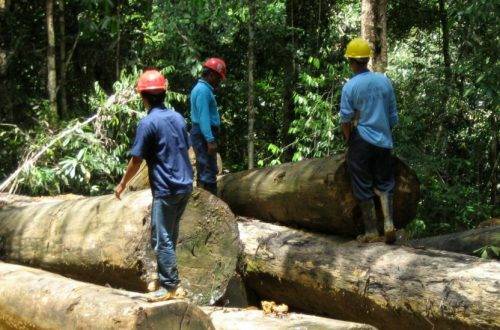
And the wolves are fed and the sheep are safe: can Brazil reap more crops without cutting down the rainforest?
In developing countries, economic growth often comes into conflict with environmental protection: as crop and pasture land expands, huge tracts of forest go under the axe. But perhaps there is a way to reduce global deforestation by increasing the productivity of existing farmland.
Large-scale deforestation of tropical forests entails a host of unpleasant consequences – from the reduction of biodiversity to further deterioration of the climate. And Brazil is a key example: over three million square kilometers of the territory of this country are forests, but today more than a third of the Amazon area is occupied by agricultural land, which has already led to a decrease in the number and extinction of many species of animals and plants.
As the world’s leading exporter of soybeans, Brazil is focused on expanding its arable land, and since the 1990s, all major forest areas in the country have been partially cleared. Further deforestation of the country could lead to the destabilization of the Amazon river system, increased greenhouse gas emissions and the collapse of a rich ecosystem.
However, scientists believe that such a sad outcome can be prevented if agricultural production is increased not by expanding the sown area, but by intensifying production at existing sites. While bans and restrictions on rainforest logging are already in place, soaring commodity prices and political pressure have put Amazon forests at heightened risk.
If current trends continue, Brazil will expand its soybean plantation area by another 200,000 square kilometers over the next 15 years. If government bans on rainforest clearing come into effect, it will cost the state almost half a billion dollars, which it could get by growing soybeans on new arable land.
But if instead we focus on improving the efficiency of existing plantations (by increasing soybean yields, growing a second crop of corn in soybean fields, and converting part of the pasture to new plantations), the country could increase its current soybean production by 36 percent by 2035, reducing emissions. greenhouse gases by 58 percent compared with indicators while maintaining current trends.
To assess the potential for increasing soybean yields on existing Brazilian farmland, the scientists analyzed soybean production in four key regions of the country and compared the data with those already available from other countries. After calculating the economic impacts in three cases—maintenance of current trends, a total ban on deforestation, and a total ban with intensification of existing production—they concluded that an intensification strategy would allow Brazil to generate 85 percent of projected gross income from soybeans and second-crop corn compared to today’s figures.
However, the researchers stress, achieving the twin goals of expanding agriculture and protecting forests will require strong institutions, proper policies and law enforcement. Only then can Brazil achieve a balance between increasing agricultural production and protecting fragile natural ecosystems.




